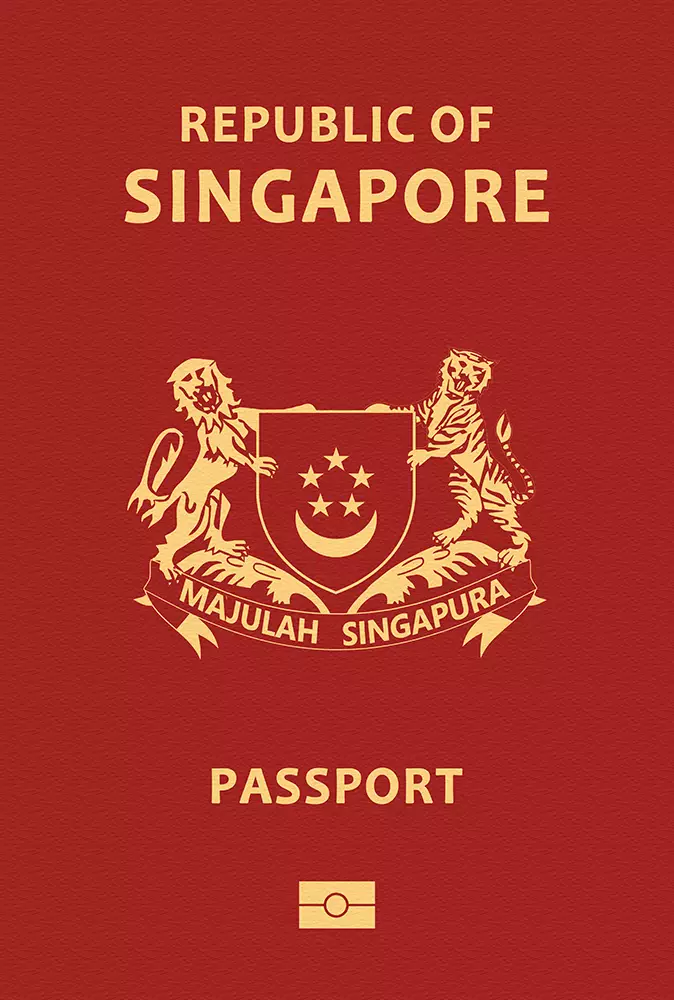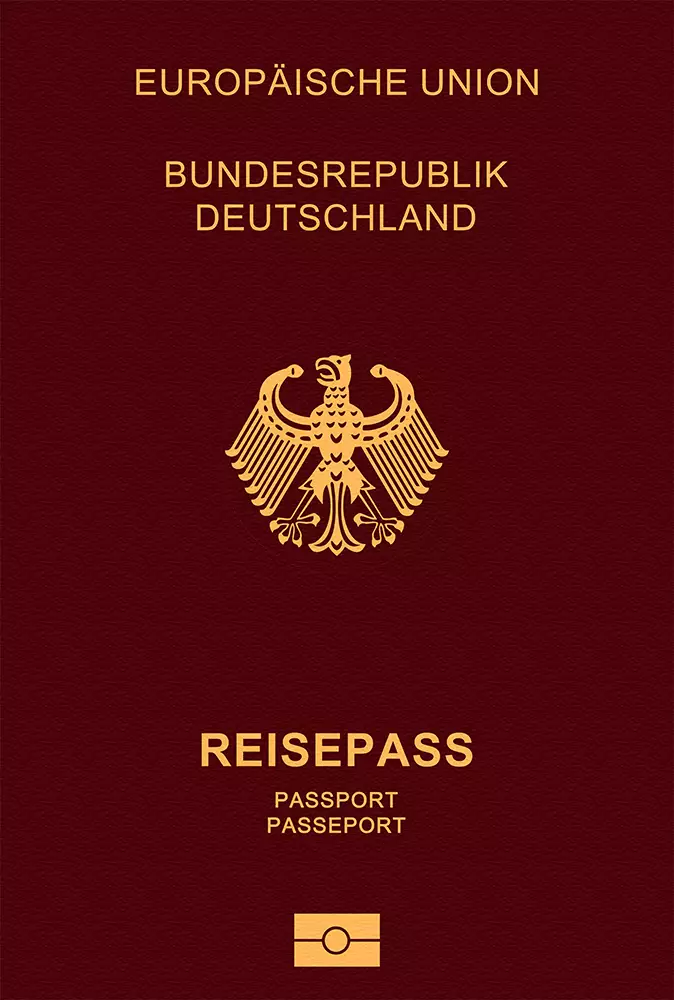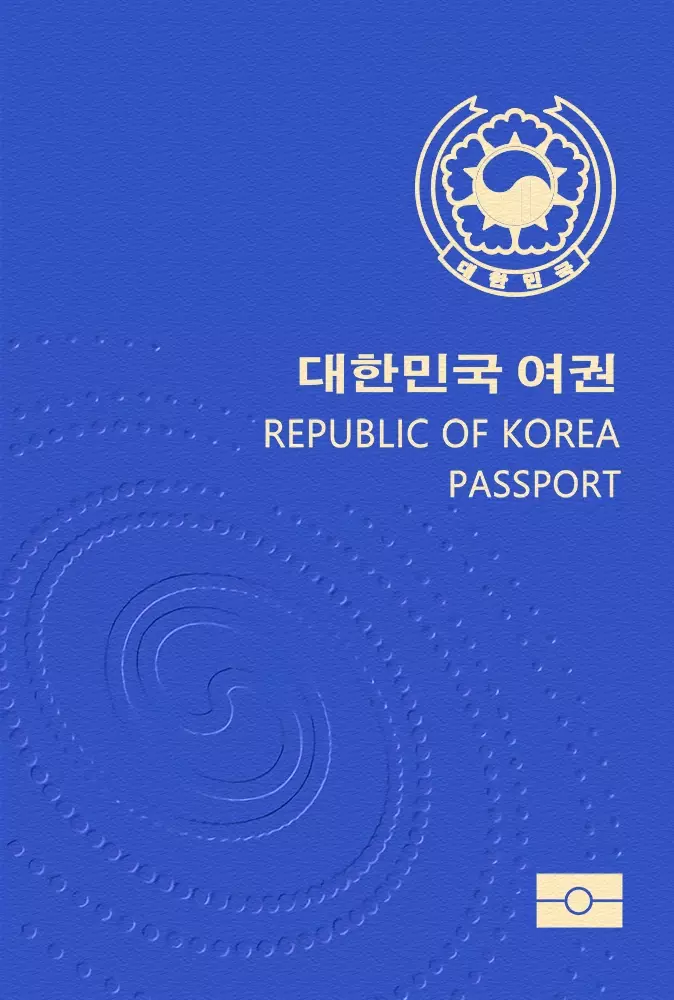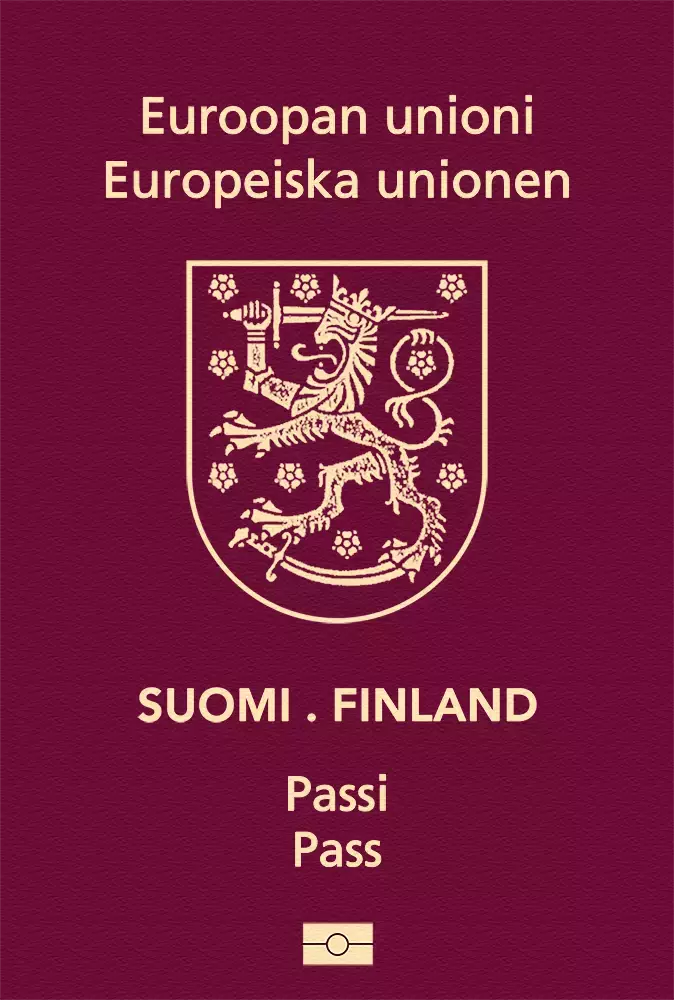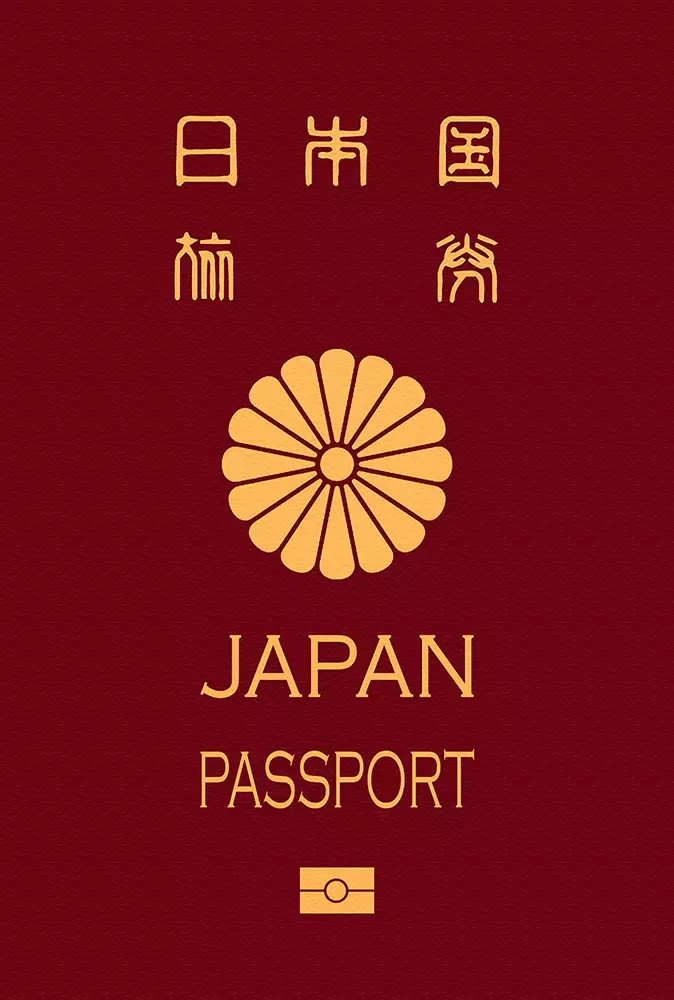El Salvador's Republic is divided into fourteen departments. San Miguel, Santa Ana, and San Salvador are the three most significant departments. Situated in Central America, the nation shares borders with Guatemala and Honduras. Its 21,041 square kilometer total area makes it the smallest country in Central America. The majority of the nation is covered in mountains, with a coastal belt and a plateau in the middle. Its climate is tropical, while certain areas are colder than others. It is the second least populated country in Central America with a total population of over 6 million. San Salvador is the nation's capital. It is also the most populated city, home to more than 2.4 million people.Santa Ana, San Miguel, and Santa Tecla are a few more significant cities. With more than 3.4 million people passing through each year, El Salvador International Airport Saint Oscar Arnulfo Romero y Galdamez (SAL) is the biggest airport in the country. It is now Central America's third busiest airport as a result. Access to both regional and North American locations is offered by the airport. Native American and Spanish ancestry coexist in Salvadorian culture. Christians make up the bulk of the population. Spanish is the official language. The civil law system of El Salvador is complemented by judicial examination of legislative acts.The system of governance is a presidential republic. President Nayib Bukele holds the roles of head of state and head of government. Since 2001, the US Dollar (USD) has been the official currency. With an open economy, the nation ranks 14th out of the Caribbean and Latin American countries with a GDP of about $33.75 billion. The per capita income of its people is $5,308. The industrial and agricultural sectors account for the majority of the GDP. These industries contribute significantly to the economy because of the export of goods including coffee, sugar, clothing, textiles, gold, iron, and steel.Furthermore, up to 16% of the GDP comes from remittances sent home by Salvadorans living abroad. El Salvador is becoming a more popular travel destination because of its beaches and historic sites. Hiking, diving, surfing, coffee trips, and animal watching are the main tourist activities. A pair of UNESCO World Heritage sites exist. La Libertad, Apaneca, San Ignacio, Ruta de las Flores, La Palma, Santa Ana, Nahuizalco, Apaneca, and Suchitoto are a few major stops. Approximately 2.6 million tourists travel to El Salvador annually. The Americas are home to the majority of the tourists.







































































































































































































































